A Guide to Cape Cod House Plans
Think back to childhood, when you were learning to draw in school. If asked to draw your family and house, you most likely made a house with a square base and a triangle for a roof, even if the home you lived in didn’t look like that.
What you were drawing was a version of the Cape Cod house, a classic American home style that dates back to the arrival of the earliest settlers from England. The earliest Cape Cod homes were modest-looking and simple. They had plain fronts, a wooden frame and were usually a single story. Although the style has evolved, and there are now modern and open concept Cape Cod house plans available, the classic Cape Cod house remains easily recognizable and in-demand.

Characteristics of Cape Cod Houses
Cape Cod houses have several distinct features in common. Some features, such as dormer windows, weren’t used on traditional Cape Cod houses, as those houses were a single story and didn’t have a lofted living area.
Some of the defining characteristics of Cape Cod houses include:
- Gable roof: Since the Cape Cod style originated in New England, where winters are cold and snowy, it was important that snow and ice shed from the roof easily. For that reason, Cape Cod homes have a gable roof, with two steeply sloping sides.
- Rectangular shape: Although it’s possible to add on to a modern Cape Cod house, changing its shape, the traditional shape of the homes in this style was a rectangle. The simple shape and relatively small size of traditional Cape Cod houses made them easier to heat and keep warm during cold New England winters.
- Single-story: Originally, Cape Cod homes were a single story. They also had low ceilings and roofs, which helped to make them easier to heat. Later on, 1.5 story Cape Cod house plans became popular. The half story was usually a loft area constructed under the roof.
- Central chimney: Cape Cod houses traditionally have a central chimney that connects to fireplaces in each of the home’s rooms.
- Double-hung windows: A distinct characteristic of a Cape Cod house is double-hung windows on each side of the front door.
- Door in the center: The front door is typically front and center on a Cape Cod home, acting as the focal point of the house’s facade. The front doors on many Cape Cod-style houses are surrounded by pilasters or decorative columns. Often, the pilasters were the most eye-catching feature on the house’s front.
- Plain front: Since Puritans built the earliest Cape Cod homes, they were usually very simple and plain. Unlike other house styles from the same era, most Cape Cod houses didn’t have porches or decorative details on their roofs. Later on, porches and other adornments were added to Cape Cod homes.
- Shutters and shingles: Cape Cod houses traditionally had a wood frame and were covered in cedar shingles. Over time, and with exposure to the elements, the cedar shingles would turn grey. In addition to wood shake shingles, many Cape Cod style homes also have shutters connected to the windows.
- Dormer windows: Many people consider dormer windows, which protrude from the roof of the house, to be a distinctive feature on Cape Cod homes. Interestingly enough, the earliest Cape Cod houses, which were just a single story, didn’t have dormer windows. The dormers were added to later styles, which included a loft or a full second story.

Benefits of Cape Cod Homes
Why has the Cape Cod persisted as a popular style of house for several centuries? There are several advantages to buying or building a Cape Cod house, particularly if you are a first-time buyer.
- The roof is small and simple: Cape Cod houses have basic roofs, made up of two portions that join together along the top edge. The simple style makes the roof easy to maintain. Since there aren’t a lot of joints, there is less of a chance for the roof to develop a leak along the edge or seam. The roof’s simple style and construction also influence the cost of replacement. It’s usually less expensive to replace a gable roof than to replace or repair a more complicated style.
- The houses are cozy: The earliest Cape Cod houses were on the small side, and many styles available today tend to be smaller than the average new house. The small size of many classic Cape Cod houses adds to their appeal, making them feel cozy and charming.
- The houses tend to be roomy: Cape Cods might be smaller than other styles of houses, but they don’t skimp when it comes to the number of rooms. Many Cape Cod floor plans include a living room, dining room and kitchen, as well as three or more bedrooms. Some modern floor plans also include two or more bathrooms.
- The houses are easy to heat: While the earliest Cape Cods weren’t well insulated, their small size and square shape made them easy to heat. The size and shape remain on most modern Cape Cod designs. Modern floor plans also include appropriate insulation and other energy-efficient features to help keep heating costs in check.
- They are great starter homes: Depending on your household size and needs, a Cape Cod is often an ideal starter home. You can buy a Cape Cod with three bedrooms, giving you room for children, guests, an office or an exercise area.
- The style is a classic: Cape Cods have been around for several centuries for a reason. They have an appealing design. If you build a new house with a Cape Cod design, you’re making your mark in a style that’s a key part of American history.
- Cape Cods have great curb appeal: The facade of most Cape Cod houses is visually appealing. There is a symmetry to the homes, thanks to the windows on either side of a central door. Although Cape Cods aren’t known for being flashy, their modest good looks help to give them a decent amount of curb appeal. You can enhance the appeal of the exterior of your home further by planting flowers or shrubs near the entryway.
- Modern Cape Cods are versatile: Like many home styles, Cape Cod houses have evolved over the years. You can choose from Cape Cod house plans with a first floor master bedroom, a porch or an attached garage.
Common Types of Cape Cod Homes
From the beginning, several types of Cape Cod houses have been available. The earliest examples of the style differed in terms of size. Later on, during a revival period, new features were added to the basic design of a Cape Cod house.
The earliest Cape Cod houses date to the 1600s, with some built as late as the mid-19th century. The Cape Cod revival took place in the mid-20th century, as people flocked to the suburbs and housing developments popped up.
Three types of Cape Cod house existed in the original phase of the style’s popularity:
- Half-Cape: The half-Cape was the smallest of the three types of Cape Cod houses. Considered a “starter” home among the early New England colonists, the half-Cape featured a front door on the corner, with two double-hung windows to one side. The style got its name because it looked as if someone had cut the house in half. In some cases, people who lived in half-Cape houses added on to them as their households grew or their financial situation improved. Many half-Cape homes became full-Capes at some point.
- Three-quarter Cape: The three-quarter Cape might have been the most popular style among early colonists. On the three-quarter Cape, the front door was located in the center of the house. Two double-hung windows were on one side of the door and a single double-hung window was on the other.
- Full Cape: A full Cape has a central front door and two double-hung windows on each side of the door. The largest of the three traditional types of Cape Cod house, the full Cape was initially the rarest since it was the most expensive option, and usually only the wealthiest settlers could afford them. Later on, during the revival of the Cape Cod style in the mid-20th century, the full Cape became quite popular and overtook the half-Cape and three-quarter Cape as the most common.
Although the earliest Cape Cod houses were simple and had few, if any, decorative flourishes, house plans available today typically include decorative touches and details. If you’re considering building from modern or coastal Cape Cod house plans, your home might look like the following:
- Full Cape with dormer windows: A Cape Cod that is 1.5 or two stories is likely to have dormer windows that jut out from the gable roof. The dormer windows allow light to get into the second story or loft area of the home. Although they aren’t traditional, they have become so prevalent as to be usually associated with the house style.
- Full Cape with a porch: The earliest Cape Cods didn’t have porches, but modern styles can and do. The addition of a front porch to a Cape Cod floor plan gives you somewhere to relax with your family on a warm spring or summer night. A covered front porch also provides a secure place to receive packages or to wait for a school bus or carpool ride on a rainy day.
- Full Cape with a garage: The Puritans didn’t have cars, so did not need garages. The modern American has at least one car, and a garage is often a must-have feature in a home. Modern Cape Cod house plans frequently include an attached garage.

3 Examples of Cape Cod Homes
If you love the Cape Cod style, you can put your own personal stamp on one by building your own. Cape Cod house plans are available in a range of sizes and styles, from the classic full Cape to more modern takes with a porch or garage. Take a look at some examples of the style.
- Country-style Cape Cod house plan: A spin on the traditional full Cape, this 1,339-square-foot house plan has a central front door with large windows on either side and two dormer windows on the front roof. A covered porch spans the front of the house. Opening the front door, you step into the living room of the house, which is open to the second story. A master bedroom is off to the side on the first floor and the kitchen is in the back. There’s also a half bath with a closet for a washer and dryer. Upstairs, there’s a loft area, a second bedroom and a second full bath.
- Narrow lot Cape Cod house plan: This house plan is a classic full Cape with an additional side door. It has two stories and dormer windows on the roof. The 1,284-square-foot house plan has two-and-a-half bathrooms and three bedrooms, including a main floor master bedroom with a walk-in closet and en-suite bath. The second floor has two more bedrooms and a second bathroom.
- Cottage-style Cape Cod house plan: This quaint full Cape adds a garage to the side of the house, as well as a covered front porch and decorative roof detailing. The 2,025-square-foot house has four bedrooms and two and a half baths. The main floor master features a walk-in closet and an en-suite bath with two sinks and a separate tub. Upstairs, there are three bedrooms and another full bath.
FAQ About Cape Cod House Plans
Interested in the Cape Cod style but still want to learn more about it? Check the answers to the three most frequently asked questions about the style.
- Where are most Cape Cod homes located in the U.S.? The Cape Cod style originated on Cape Cod in Massachusetts. In the early days, the houses were primarily found in New England. During the revival of the Cape Cod style, though, its popularity spread across the U.S. Today, you can see Cape Cod-style homes across the country. Depending on where you are, you might find that different regions give their own unique twists to the class style.
- What style door should you get for a Cape Cod house? The door to a Cape Cod house is typically located front and center and can serve as a focal point of the house. The door style is often a six-panel or eight-panel single door. It can have decorative pilasters on either side. Another option is to have the door surrounded by glass on each side. Usually, Cape Cod houses have colorful doors, so don’t be shy about giving yours a bright coat of paint.
- How should you decorate a Cape Cod home? Although Cape Cod houses have a connection to the Colonial era, you don’t have to decorate yours like you’re living in the 18th century. You can use modern touches and give your home’s interior a contemporary look and feel. Since many Cape Cod houses are located in coastal areas, some people choose a nautical theme for their decor.

Choose Family Home Plans: Contact Us to Learn More About Cape Cod Floor Plans
Family Home Plans has a variety of Cape Cod-style house plans for you to choose from, whether you’re looking for a two-bedroom starter home or a larger house. If you want to include a porch, garage or other amenities in your Cape Cod-style home, we have plans with those, too. Browse our selection of house plans, and give us a call at 800-482-0464 with any questions you have.

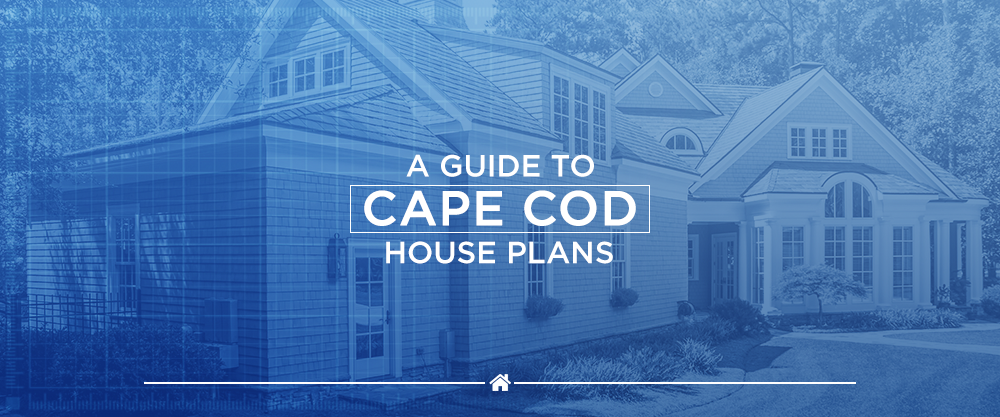
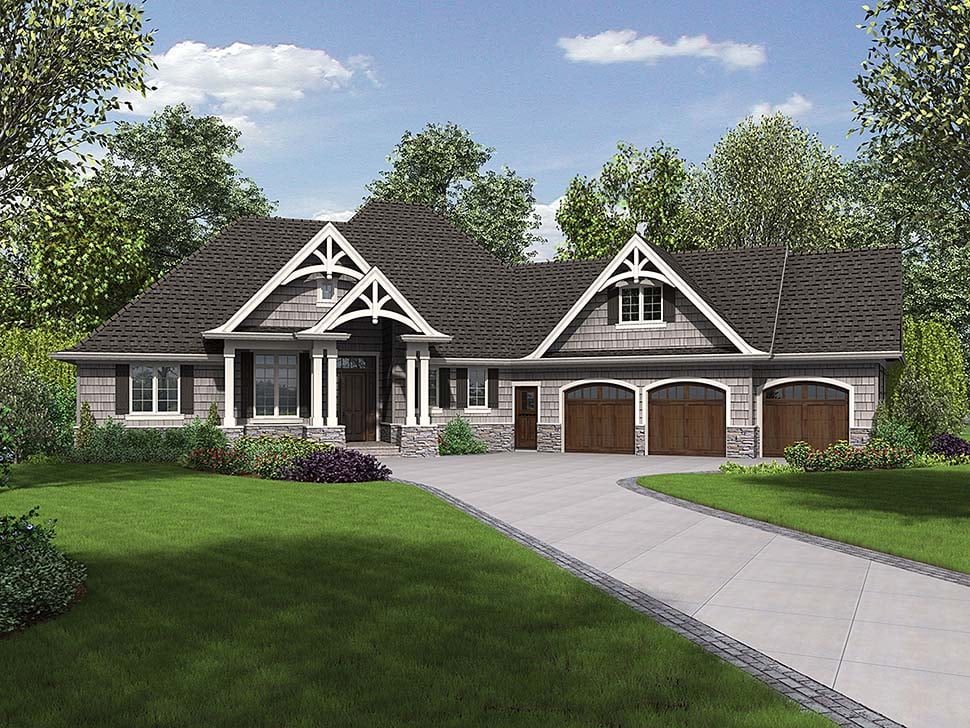
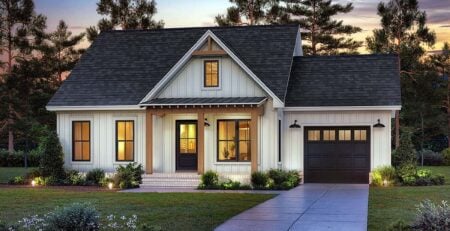
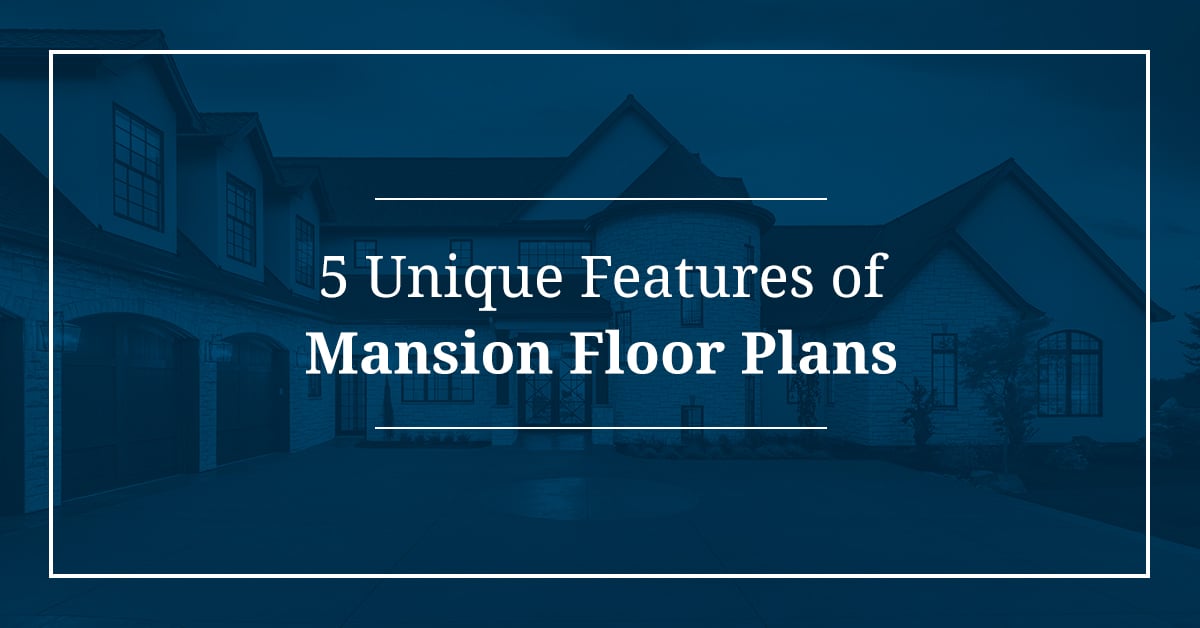
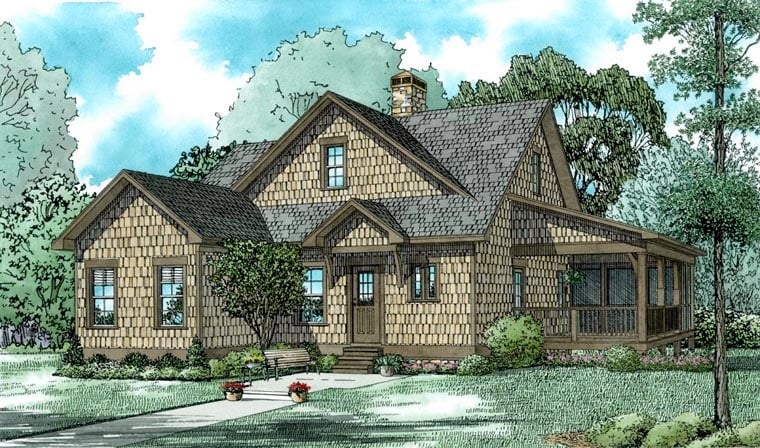
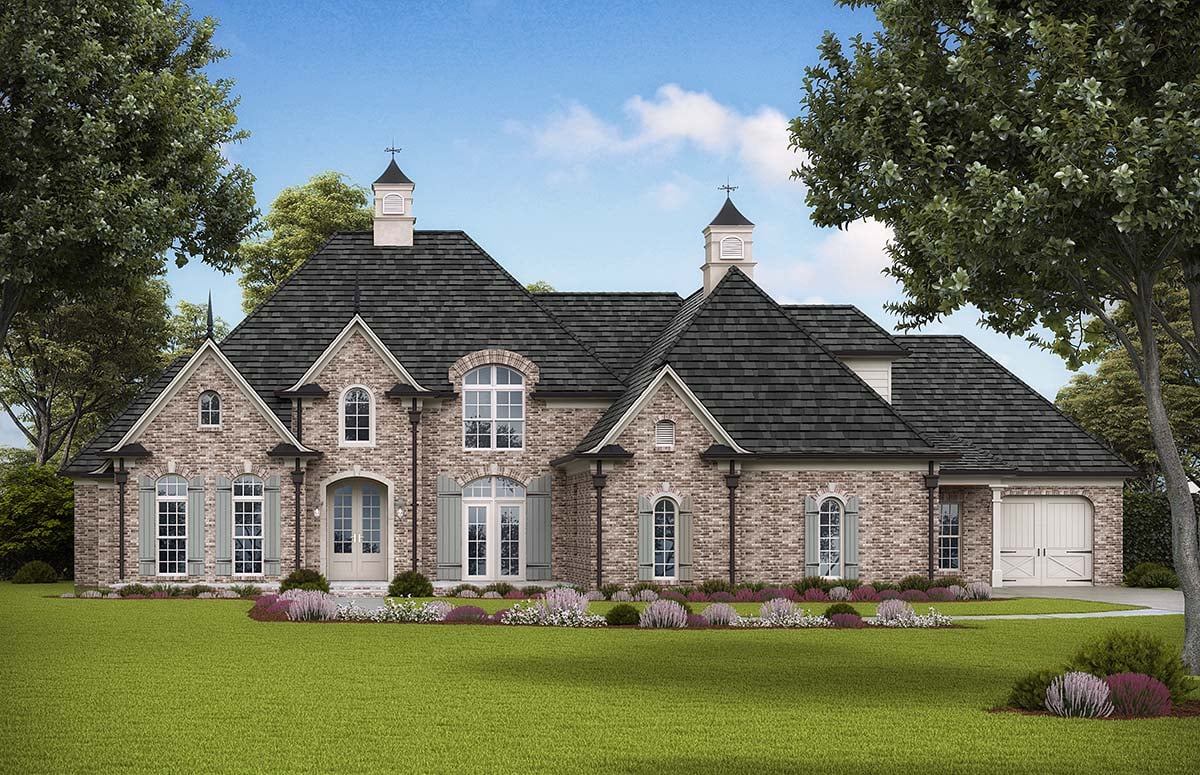
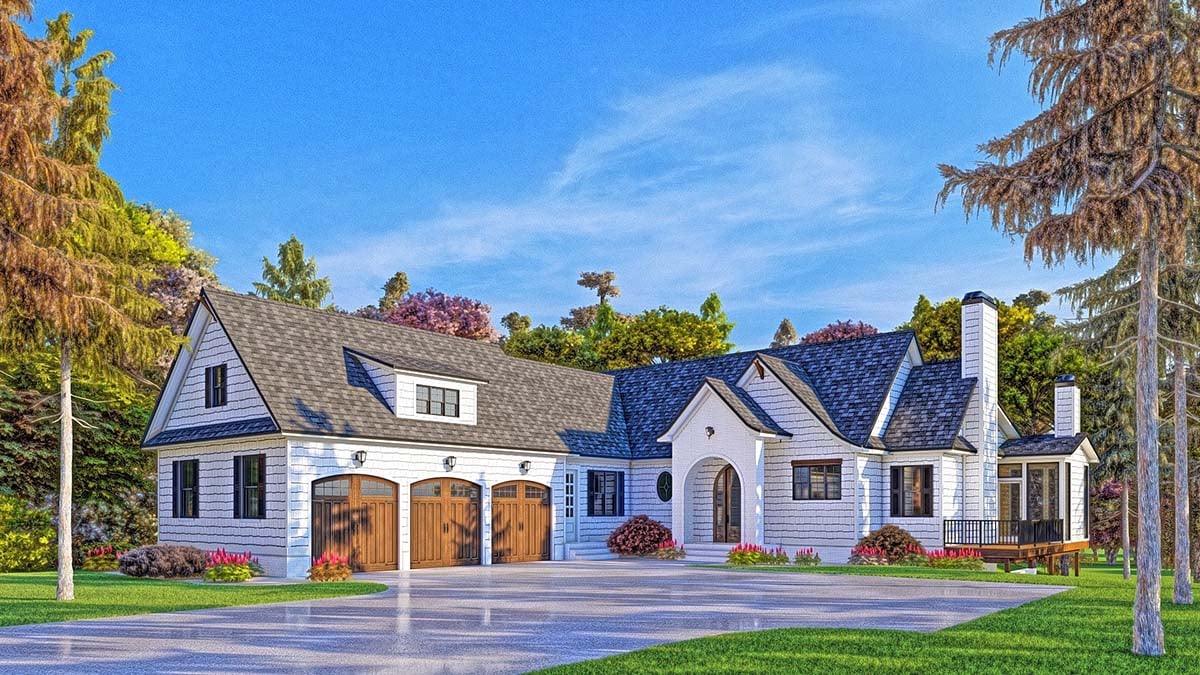
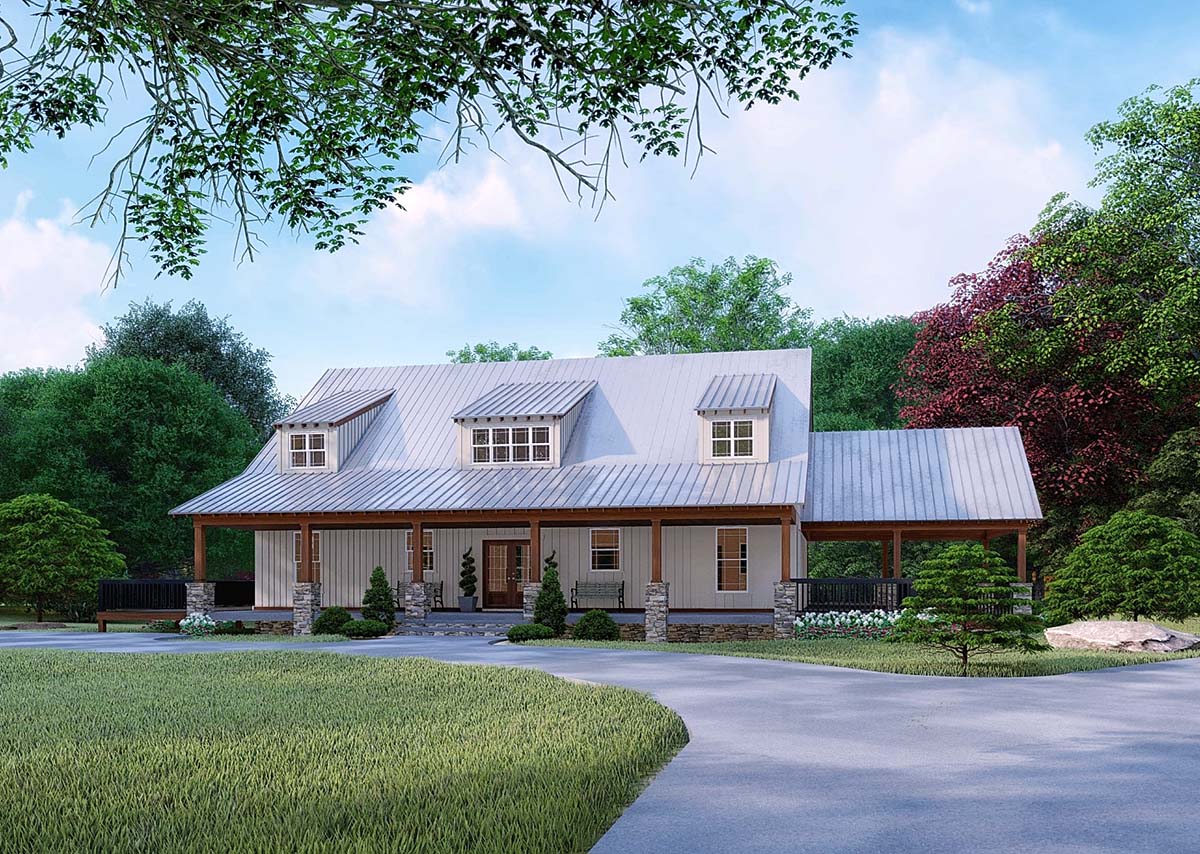
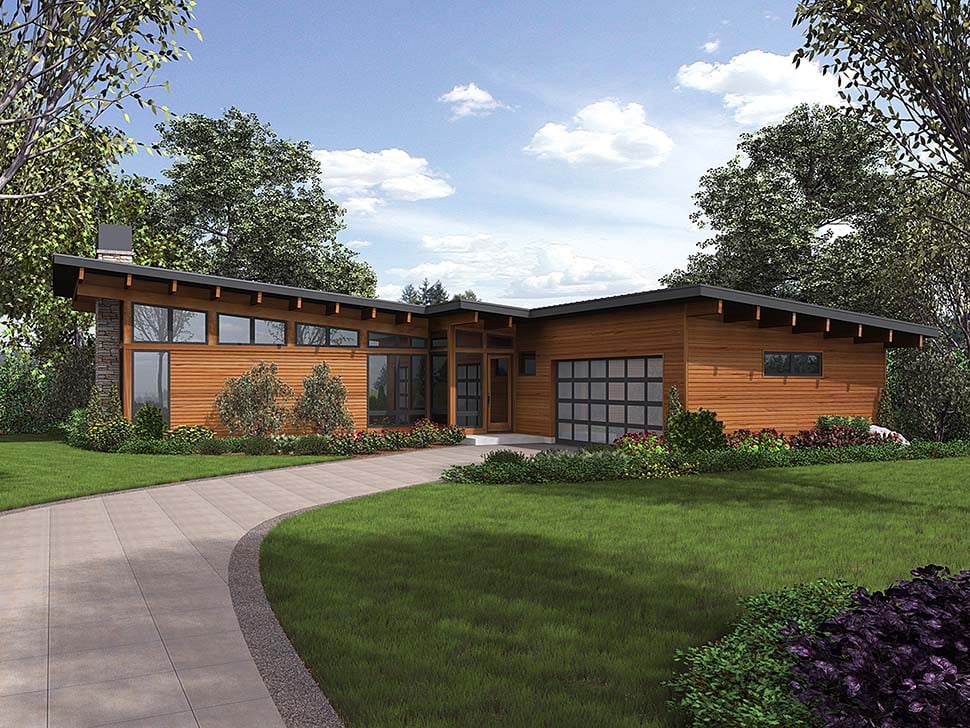
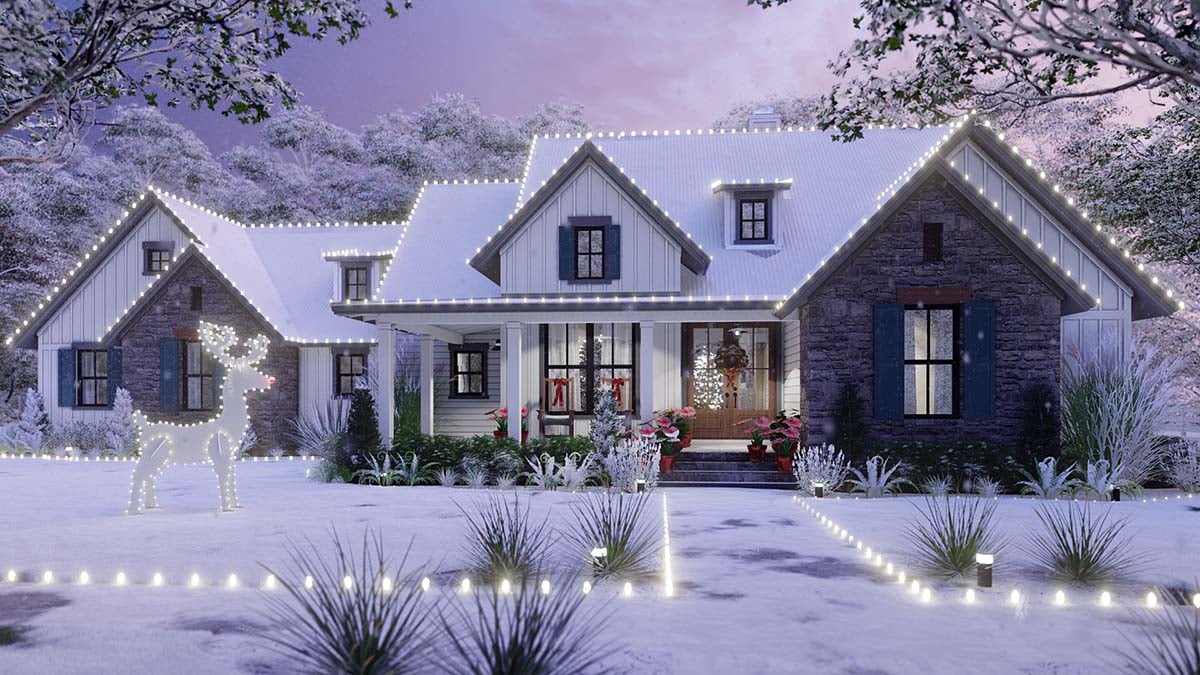

Leave a Reply